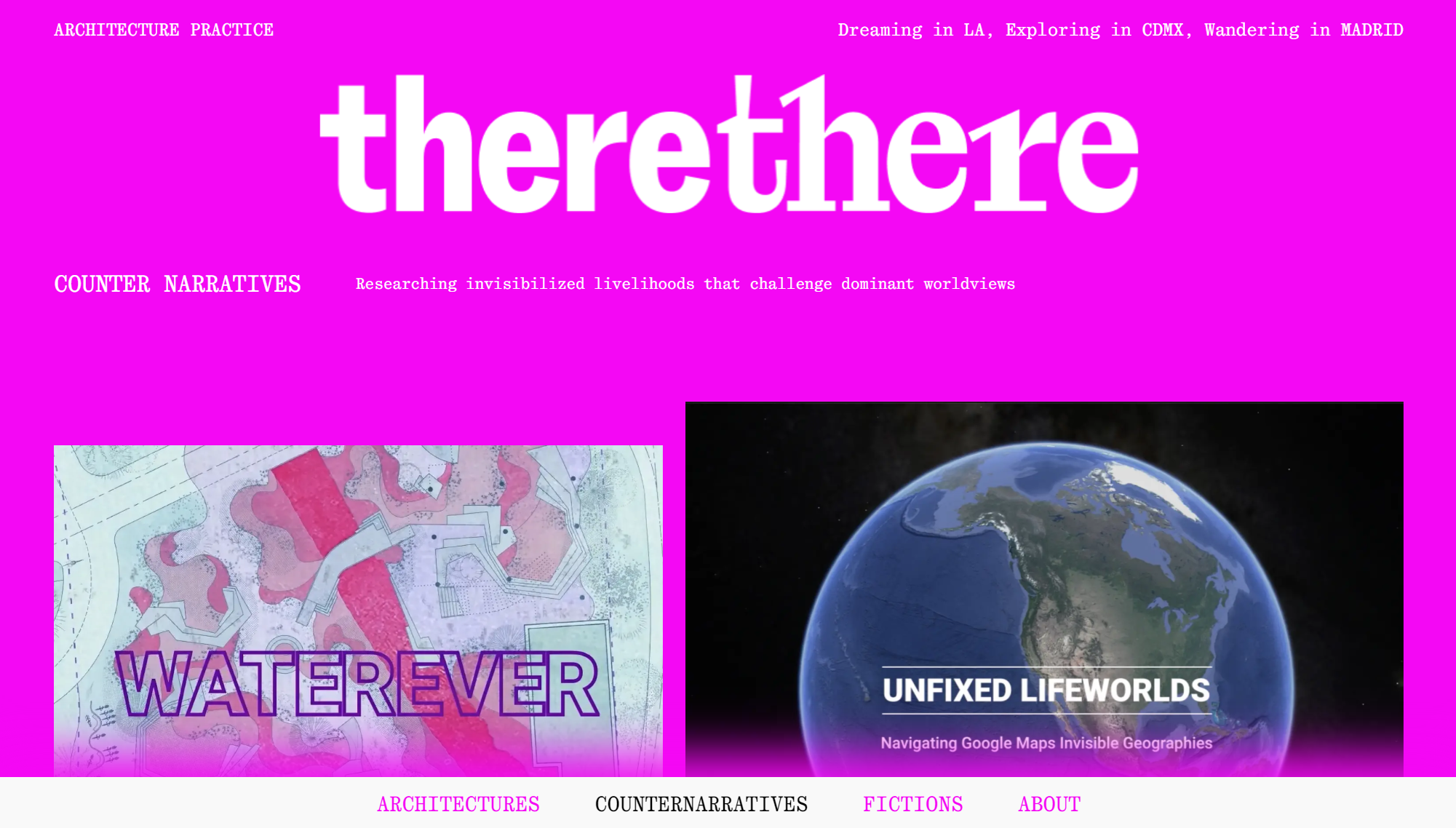
UNFIXED LIFEWORLDS
TEAM:
© MONICA LAMELA
Winner of the A+D Design Awards 2021.
This video montage examines how Google Maps’ image of the city informs and shapes the way we know, experience and envision our cities. Google Maps has become the world’s dominant system of representation and a widespread tool to navigate and know our cities. The amount of data it is built upon, its capacity to incorporate changes, its crowdsourcing nature, and its global scale and accessibility have naturalized this cartographic technology, giving it an allure of neutrality and a power that no map ever had. But, as any system of representation, its world map is contingent on the power systems that produce it—the image of the city it portrays, far from being passive, re-enacts specific worldviews.
Analyzing Mexico City’s notorious street market “Tianguis de Tepito” through Google Maps’ different visualization styles reveals intriguing contradictions and inexplicable erasures, which are further exacerbated through the physical experience of the market. Google doesn’t seem to recognize the market as part of its fixed “real world,” portraying its presence in an ambiguous manner. Often erased from Tepito’s streets, the market’s existence can be traced through the trash left after its daily disassembly, or through the occasional empty skeletons of its structures, perpetuating former narratives of decadence and disorder.
And yet, the Tianguis keeps challenging those stigmatized representations that have persistently tried to fix it since colonial times, and sudden glimpses of its lifeworlds occasionally permeate the Map. Based on an extended literature and cartographic review on the Tianguis since its appearance in the epicenter of the colonial city, supplemented by on site documentation and interviews, this video montage seeks to provide alternative modes of representation that defamiliarize the narrative of decadence, corruption and disorder through which Tianguis de Tepito has been often portrayed.
